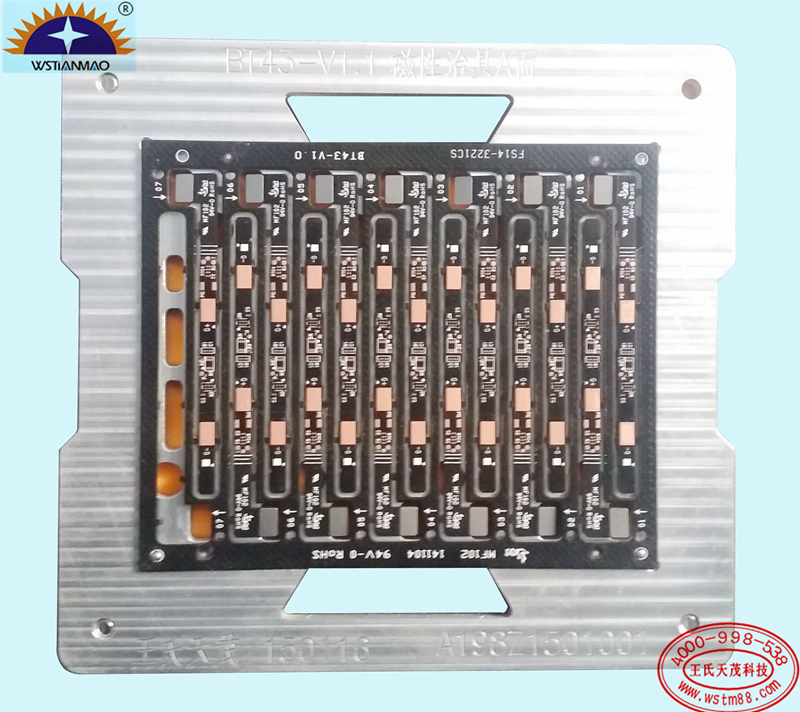


Note: Although this is mostly the case, BGAs are NOT always the coldest spot! Determining the hottest and coldest spots on a PCBA top side While maintaining a 235☌ minimum solder joint temperature (= coldest spot), hottest spot might be well reaching the critical (potential) thermal damage limit. > There is a huge difference in thermal mass in the BOM! Why do we have both Hot and Cold spots? Component

If the hottest and coldest parts of the assembly have not previously been identified, it is recommended that measurements be taken from at least six positions on the test assembly to identify them. This will help ensure that all joints reach a temperature higher than the melting point of the chosen solder and that no part of the assembly will become so hot that irreparable damage might occur. Thermocouples should be attached to solder joints at the hottest and coldest parts of the assembly.The hottest solder joints will usually be on smaller components, in less densely populated regions of the assembly and closer to the edges of the assembly. Therefore, the coolest solder joints will usually be on large components, close to other large components towards the center of the assembly.Nearer to PCB edge = higher maximum temp.Proximity of the component to other components of high thermal mass.

(Larger thermal mass = lower maximum temp. The temperature that solder joints reach, and the time above the melting point of the solder, are the result of a combination of three factors: Pb-free profile guidelines: Locating the hottest and coldest spots on the PCBA Termination metallurgy dissolves into the solder. Leaching excess intermetallic formation and.Poor wetting of joints insufficient temperature.Opens poor wetting causes opens in joint.Brittle joints and poor strength bonds.Excess grain growth and intermetallics.Poor wetting of joints and leads insufficient time.Cold solder joints solvents and flux within.Too low a soak temp sotemperaturetemperature/timeĬause: TAL (Time Above Liquidus) too brief Poor flux activation reduces solder joint quality affecting joint integrity.Cracks and damaged components damage to heat-sensitive components, e.g., tantalum capacitors.Thermal shock high preheat rate causes thermal shock to PWBs and components component cracking.Multi-axial stresses affects board integrity, causing delamination in boards.Solder balling solvents volatilize in flux flux evaporation oxidation of solder particles.Thermo-mechanical stresses, e.g., the surface temperature of a component is higher than the interior temperature.In this paper, we look at a brief outline of the reflow profile in general, with specific emphasis placed upon the hottest and coldest spots on the PCBA. These factors can result in a narrower process window, never desirable. In Pb-free soldering, melt temperatures are typically higher, depending on the alloy used, and solderability is generally less robust than that of traditional Pb-based soldering. In Lead-free (Pb-free) reflow soldering for SMT PCBAs, soldering defects associated with thermal profiling can be mitigated by a thorough understanding of the variables affecting the process, as well as the metallurgical dynamics associated therewith.


 0 kommentar(er)
0 kommentar(er)
